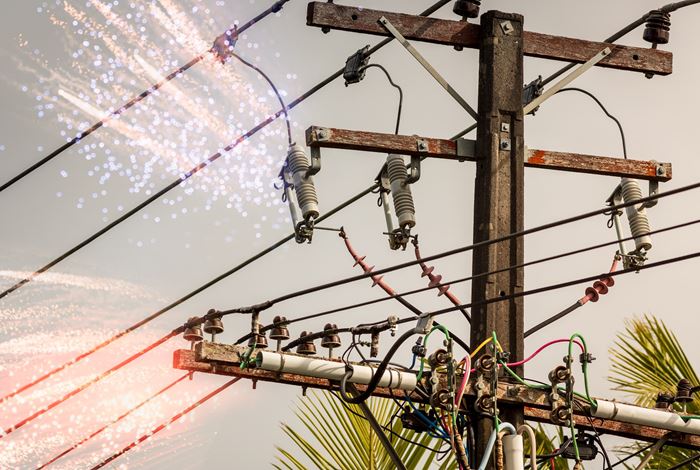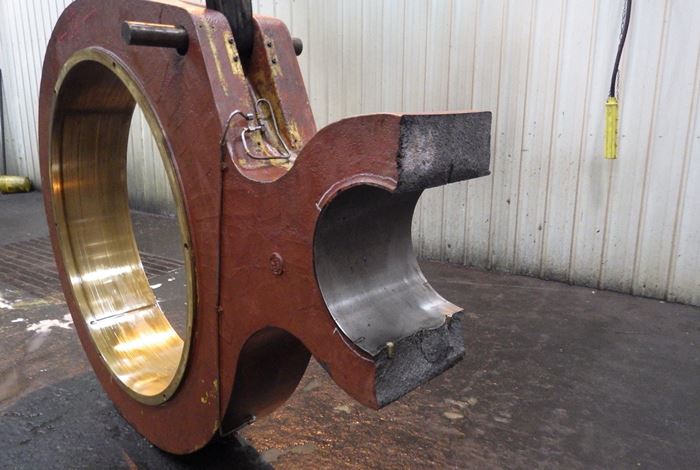Mechanical Failure and Root Cause Analysis Consulting
Machinery is all around us. Our homes and workplaces are built by heavy equipment, we commute to work and school in vehicles, and the food we consume and products we use are almost all produced using machines. Given the complexity of most machines, accidents happen daily that destroy property, lead to injury or loss of human life, and interrupt business.
Envista Forensics uses a structured, scientific approach to investigate mechanical failures. Our experts determine what happened, what caused the failure, and what can be done about it. Our forensic engineers also identify what factors contributed to the loss and who might be responsible.
Mechanical Forensic Investigation
Forensic investigations are detailed scientific processes that often require specialized equipment and tools to test and analyze the affected equipment. These investigations typically start with isolating the failure scene to contain critical evidence and avoid spoliation. Once the scene and equipment are isolated and basic troubleshooting is complete, a root cause analysis begins, which includes interviews and documentation gathering.
Our experts have many years of experience and training in this type of complex analysis. They know where to look, what information to gather, which tests to run, and which questions to ask.
In addition to determining the cause of an incident, a forensic investigation will also look at the far-reaching consequences of a loss. Envista's engineers and experts assess the sequence of events and determine all resulting damage so that they can provide you with a thorough explanation of why the failure occurred and what actions to take in the future to mitigate further risks.
Please visit our expert directory.























